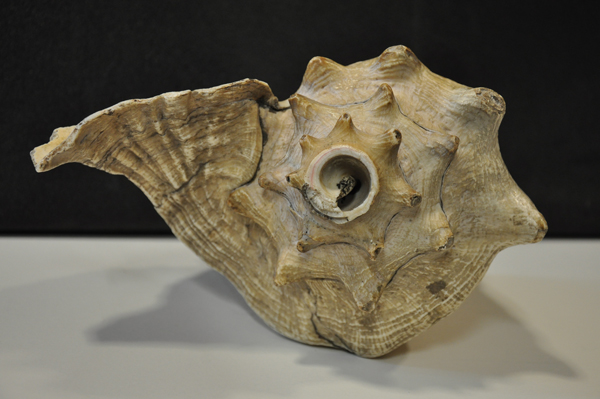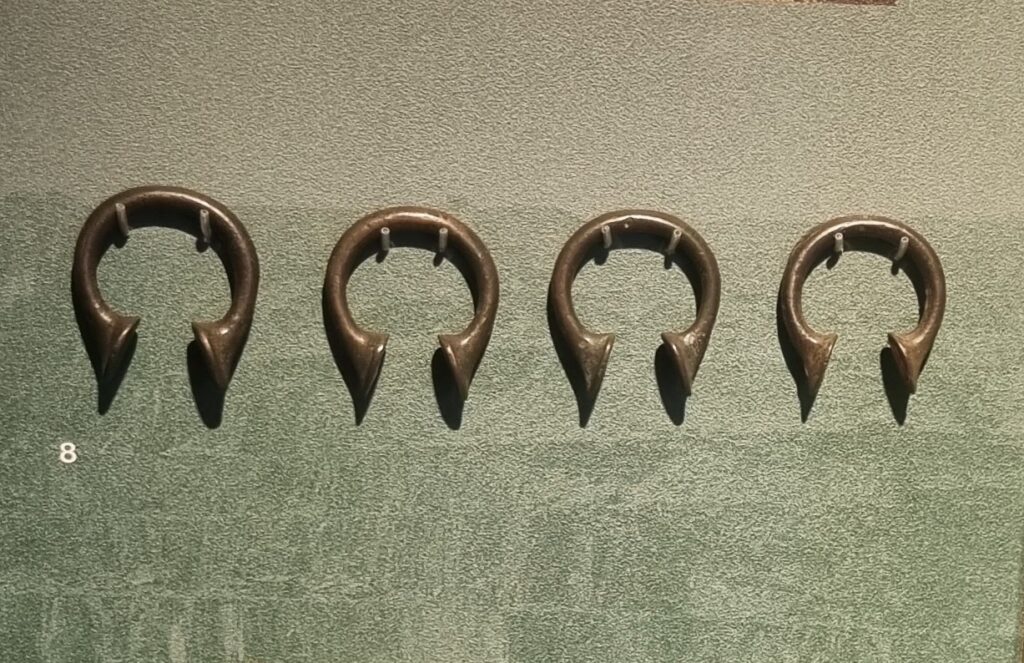In light of Black History Month, we would like to highlight the artifacts in our museum that relate to this significant period.
Among these items is the Conch Shell, a large strombus or conch shell horn that was used up until the 19th century to call farm workers in from the fields for their breaks. One of the five shells in Storiel’s collection was used by a village bakery to announce that the oven was hot enough for bread to be baked. To prepare the shell for blowing, the sharp pointed part of the shell was sawn off and sanded to make a flat, comfortable mouthpiece. Shell horns like this are believed to be one of the oldest musical instruments made by humans. The oldest known surviving shell trumpet, which produces a note, is 17,000 years old and was found in a cave in France. These large conch shells come from the Caribbean and were brought back by ships on their return journeys from transporting enslaved Africans from the west coast of Africa to the sugar plantations of the Caribbean.
Another item of interest is the Shell Valentine, a popular item in the 19th century. Sailors would purchase them to bring home to their loved ones. Most of these were made between 1830 and 1890 in Barbados by local women.
Lastly, we have Copper Manillas, copper bracelets that were used to buy slaves on the West African coast. These slaves were then transported to plantations in the West Indies and America. The mines at Parys Mountain in Anglesey and copperworks in Swansea, Penclawdd, and Holywell, which were managed by Thomas Williams, Anglesey, would have produced copper sheets and bolts for trading ships, as well as copper and brass goods. The four manillas in our collection were made at Greenfield Valley in Holywell.
It is important to educate people about these objects of historical significance and their role in shaping the course of human history.



